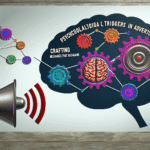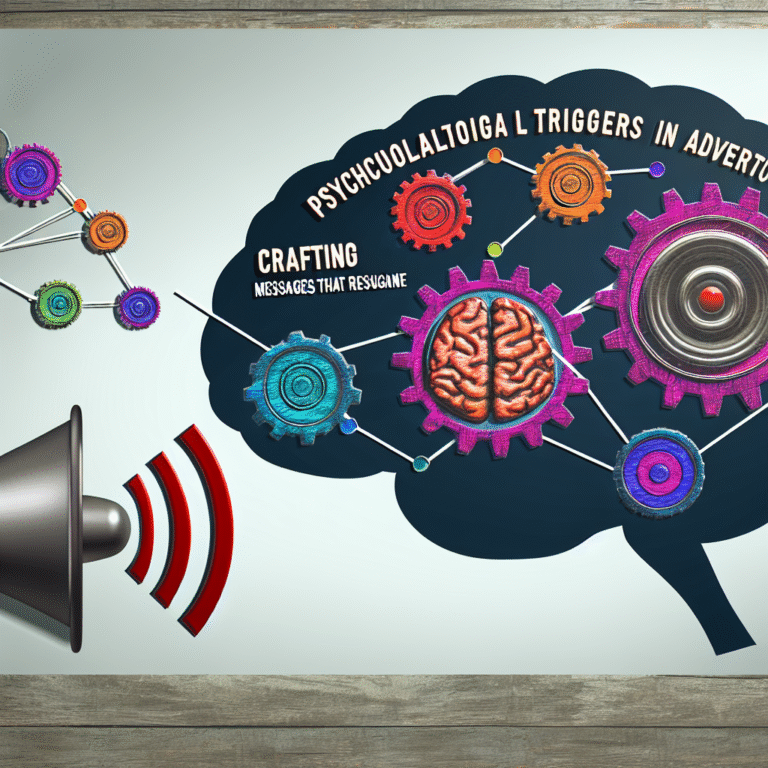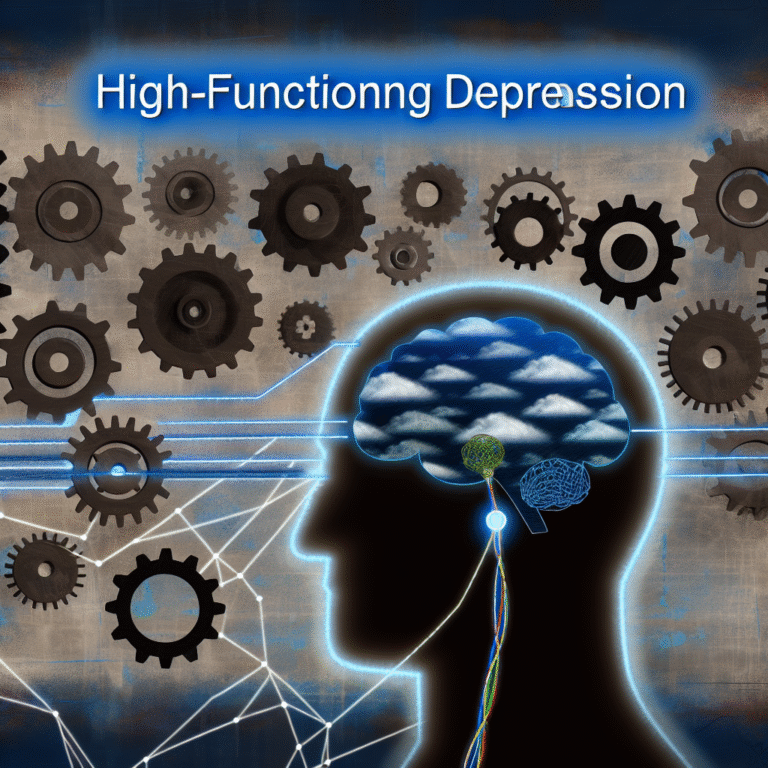
Introduction
Attraction is an intricate dance of biology, psychology, and cultural influence. What sparks our interest in another person? Is it mere physical allure, or is there a deeper mechanics at play? Understanding attraction is not just a query of the heart; it holds vital significance in our relationships, mental health, and overall happiness. In our journey to uncover "What Makes Us Feel Attracted? Unraveling the Mysteries of Sexual Desire," we will explore the factors that influence attraction, the mechanisms underpinning sexual desire, and the societal norms that pull the strings of our romantic lives.
Prepare to dive deep into the primal forces of attraction and discover what really drives our connections.
The Biological Basis of Attraction
1. Evolution and the Science of Desire
From an evolutionary standpoint, attraction serves an essential biological purpose: reproduction and the continuation of the species. According to the "sexual selection theory" proposed by Charles Darwin, traits that increase reproductive success become more prevalent over generations. But how does this translate to modern-day relationships?
Research indicates that physical attributes—such as facial symmetry and body proportions—are significant factors. Studies have shown that individuals with symmetrical features are often rated more attractively. This preference suggests a biological drive towards health and genetic fitness.
| Attribute | Significance in Attraction |
|---|---|
| Facial Symmetry | Indicator of Genetic Health |
| Body Ratios (Waist-to-Hip) | Fertility Indicator |
| Pheromones | Chemical Signals of Compatibility |
Case Study: The Role of Symmetry
In a study conducted at the University of Texas, researchers found that when shown images of faces, participants rated symmetrical faces higher in attractiveness. This suggests that the allure of symmetry may be rooted in our genetic instincts—indicating a potential mate’s health.
2. The Brain on Love: Neurochemistry of Desire
Another piece to the puzzle of "What Makes Us Feel Attracted? Unraveling the Mysteries of Sexual Desire" lies in the brain’s chemistry. When we experience attraction, neurotransmitters such as dopamine, oxytocin, and norepinephrine flood our systems.
- Dopamine: Responsible for feelings of pleasure.
- Oxytocin: Often labeled the "love hormone," it fosters bonding and attachment.
- Norepinephrine: Creates a state of heightened awareness and excitement, sometimes manifesting as infatuation.
Understanding the neurochemical processes helps demystify those fluttery feelings in your stomach when you meet someone special.
Analysis
The interplay of these chemicals can explain why some individuals become infatuated quickly, while others take longer to form connections. It underscores the complex nature of attraction, combining biological instincts with emotional intelligence.
Psychological and Sociocultural Influences
1. The Psychology of Attraction
While biology plays a critical role, psychological elements significantly shape attraction, categorized into various theories such as the "similarity-attraction hypothesis." This principle posits that we’re more drawn to individuals with similar beliefs, interests, and backgrounds.
Case Study: The Matching Hypothesis
A study at the University of Michigan concluded that couples tended to have similar levels of attractiveness. This matching hypothesis suggests that we often gravitate towards partners who reflect our social standing and physical attributes, thereby creating a balanced partnership.
2. Cultural Scripts and Attraction
Cultural narratives influence our perceptions of beauty and desirability. Media plays a considerable role in shaping ideals; from fashion magazines to romantic films, these narratives dictate what is deemed attractive.
| Cultural Influence | Effects on Attraction |
|---|---|
| Media Portrayals | Sets Standards for Beauty |
| Social Norms | Influences Dating Behaviors |
| Peer Pressure | Alters Individual Preferences |
Analysis
Consider how media portrayals of "ideal" bodies can skew our attractiveness perceptions. These cultural scripts teach us what to value in our attraction processes, often creating unrealistic standards that affect personal relationships.
3. Emotional Connection and Attachment Styles
Emotional safety and connection significantly influence attraction. Based on John Bowlby’s attachment theory, our early relationships with caregivers shape our attachment styles—secure, anxious, avoidant, or disorganized—and influence our adult relationships.
Individuals with secure attachment styles tend to foster healthier relationships, whereas those with anxious or avoidant tendencies may struggle in their romantic endeavors.
Case Study: Attachment Styles in Relationships
A survey conducted by the American Psychological Association revealed that secure attachment styles correlate with higher relationship satisfaction. This highlights the importance of emotional readiness when fostering attraction.
The Role of Social Interactions
1. Context and Timing
Attraction isn’t solely based on individual traits; it’s also highly contextual. Meeting someone through shared interests or mutual friends can significantly boost attraction.
In social psychology, the "proximity effect" suggests that the more we encounter someone, the more likely we are to develop feelings for them.
Case Study: Proximity Effect in Action
In a recent study, participants were more likely to express interest in individuals who they frequently encountered at work or social gatherings compared to those they met in less frequent contexts.
2. The Importance of Shared Experiences
Engaging in shared activities can enhance attraction. Whether through travel, volunteering, or group sports, these situations foster bonds that deepen attraction.
Analysis
By creating a safe space for vulnerability, shared experiences provide a fertile ground for deeper emotional connections, making attraction not just about physical allure but also about personal rapport.
The Influence of Personal Development
1. Self-Confidence and Attraction
Confidence can markedly affect one’s attractiveness. Self-assured individuals often exude charisma, making them more desirable.
Psychological studies indicate that self-esteem directly correlates with our perceived attractiveness and desirability in the dating scene.
2. Physical and Emotional Growth
Pursuing personal interests and self-improvement can enhance attraction. Individuals who engage in lifelong learning and skill enhancement often attract partners with similar values, while improving their self-image.
Case Study: The Role of Personal Development
A survey by BetterUp found that individuals who invested time in personal growth were perceived as more attractive by potential partners. This validates the importance of self-investment in enhancing one’s appeal.
Conclusion
As we’ve journeyed through the multifaceted layers of attraction, it’s clear that understanding "What Makes Us Feel Attracted? Unraveling the Mysteries of Sexual Desire" goes beyond superficial elements. From biological instincts to psychological influences and cultural narratives, attraction is an intricate web woven from myriad threads.
By focusing on personal growth and understanding our emotional patterns, we can cultivate more meaningful relationships. So, whether you’re single or seeking to deepen existing bonds, remember that the essence of attraction lies within a rich tapestry of connectivity, vulnerability, and compatibility.
FAQs
1. What are the primary factors that influence attraction?
Biological, psychological, and cultural factors all play significant roles in determining attraction.
2. How does my attachment style affect romantic relationships?
Attachment styles influence how we connect with others, affecting our emotional safety and relational dynamics.
3. Can attraction change over time?
Absolutely! Attraction can evolve with increased emotional connection, shared experiences, and personal development.
4. What role does self-confidence play in attraction?
Self-confidence significantly enhances perceived attraction, influencing how others see and interact with you.
5. How important is physical appearance in attraction?
While physical attractiveness does play a role, deeper emotional connections and shared interests tend to have a more lasting impact.
By understanding these elements, we not only unlock the mysteries of attraction but also equip ourselves to forge deeper, more satisfying connections in our lives.
















